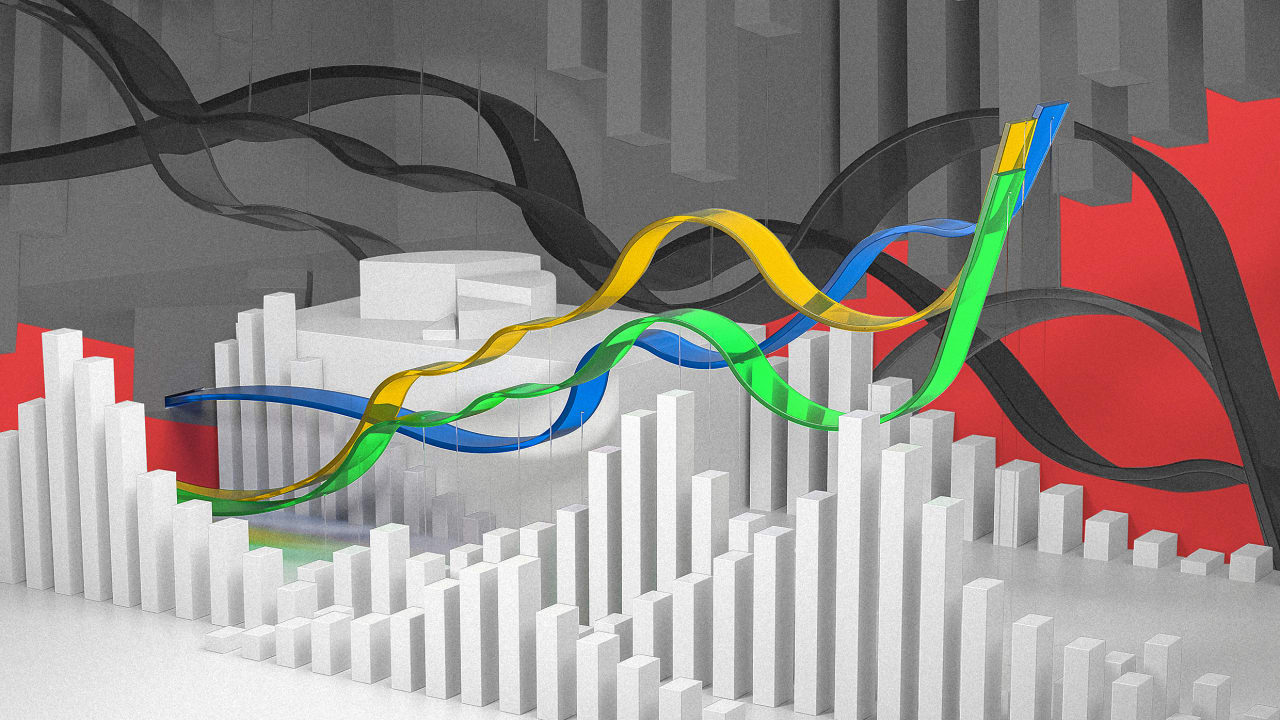[ad_1]

“Moneyball” was a revolutionary idea in baseball, based on the idea that the metrics the sport used to measure the value of players were not the best predictors of performance, and that teams could exploit this oversight by choosing players based on more important factors. That didn’t mean that older measurements, like batting average, were entirely useless, but they needed to be supplemented with new ones.
That analogy could apply to how we measure economic prosperity in America, suggested David Leonhardt, senior writer at The New York Times, at this year’s Aspen Ideas Festival. Experts agree that the way we measure of economic success are similarly old-fashioned, not catering to today’s different work trends; they and exclude important non-financial contributions to the economy, and favor financial prosperity over human wellbeing.
If you studied just the country’s high GDP, relatively good stock market, and low unemployment measures, and you’d think things look rosy in America. The indicators often cited from the U.S. Bureau of Labor Statistics, such as working conditions, price changes, and productivity, were established in the 1930s and based on concepts developed in the 1870s, says Gene Ludwig, chair of the Ludwig Institute for Shared Economic Prosperity, and former comptroller of the currency for President Bill Clinton. In reality, wages have actually declined, he says, partly because wage data is now inaccurate, in that it doesn’t account for today’s work trends like gig jobs and part-time work.
A particularly misleading metric, says, Ludwig, is unemployment rate. It’s officially at 3.6%, But, Ludwig argues that the someone who works just one hour a week is considered employed, as is someone making below the poverty level. Ludwig’s organization estimates that if you filter those inaccuracies out, unemployment actually stands at 23%. “You can see the deterioration in middle America,” Ludwig says. “You don’t have to use numbers to understand each one of these headline statistics is horribly misleading America.”
Sarah Bloom Raskin, law professor at Duke University, and former deputy secretary of the Treasury under President Obama, doesn’t think we should eliminate those metrics, rather supplement them with ones that measure inclusive economic prosperity more wholly. “The measures are not getting to the crux of economic wellbeing,” she says. They are purely financial, and ignore non-financial, or social, contributors to the economy: unpaid services such as childcare, elderly care, and volunteerism. “There’s a lot of benefits to activities that aren’t valued,” she says.
Raskin suggests a preferable set of metrics could be the Genuine Progress Indicator, which includes some of the main elements of GDP, but adds to it measures like the value of volunteerism and domestic work, income inequality, cost of underemployment, and environmental factors like costs of pollution and emissions. It includes factors like the costs of crime, and loss of leisure time, making it closer to a happiness and quality-of-life index.
Inflation has reached its highest rate since 1981, which is also skewing the picture of economic success. Ludwig says it disproportionately affects low- and moderate-income people, particularly Black people—as does the government’s usual response, in raising interest rates. It’s lower-income people who tend to lose their jobs first, and are last to get them back.
The government needs to consider new measurements—and that should not be a politically divisive issue, Ludwig says. “Right, left, center—if we’re shooting at the wrong target, we’re not going to basically solve the underlying problem.”
[ad_2]
Source link

